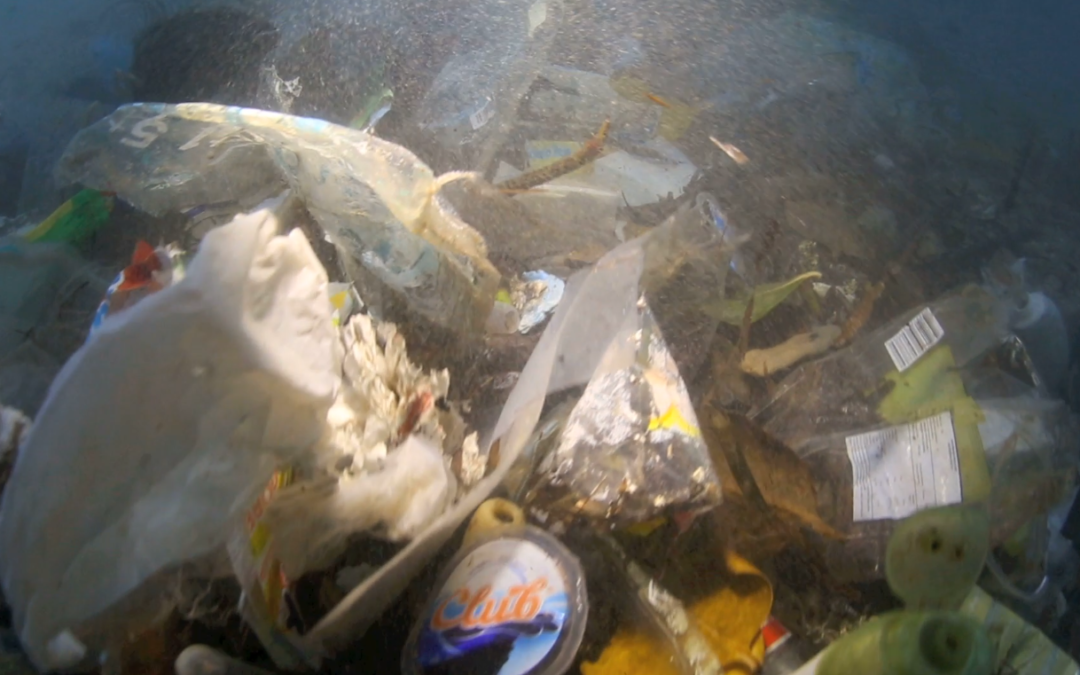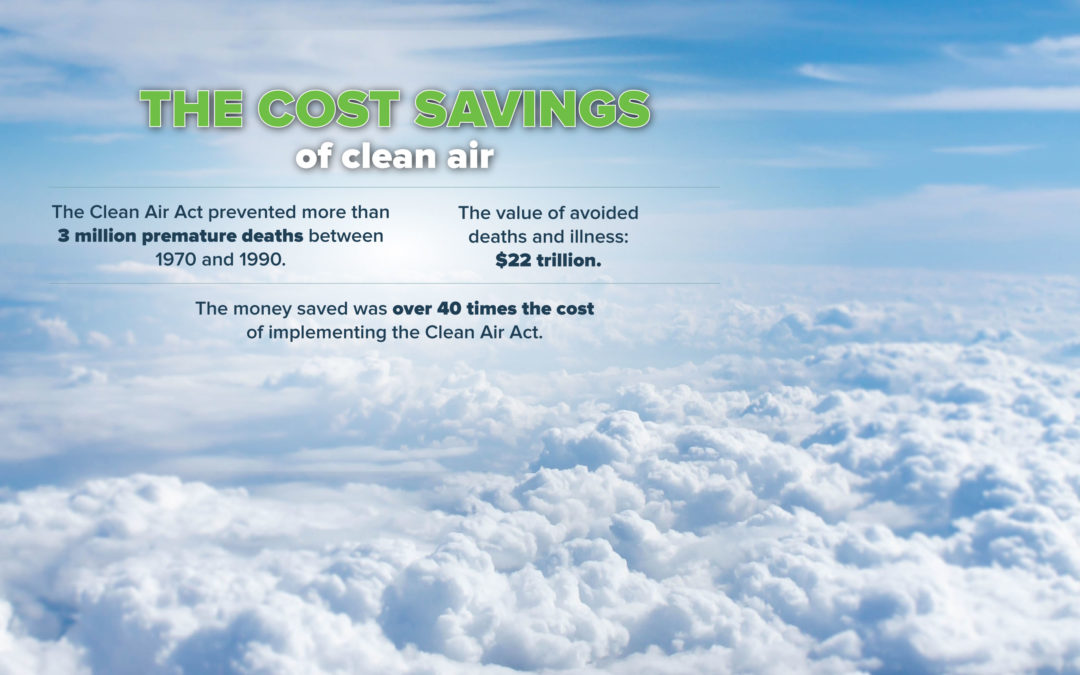
The Clean Air Act
The Clean Air Act of 1970 is the law that defines EPA’s responsibilities for protecting and improving the nation’s air quality and the stratospheric ozone layer. The Clean Air Act has a proven record of public health and environmental protection since 1970. The last major change in the law was the 1990 Clean Air Act Amendments introduced programs which are projected to result in a net improvement in U.S. economic growth and the economic welfare of American households.

Economic Growth with Cleaner Air
More than forty years of experience with the Clean Air Act has shown that America can build its economy and create jobs while cutting pollution to protect the health of our citizens and our workforce. Economic welfare and economic growth rates improved because cleaner air means fewer air-pollution-related illnesses, which in turn means less money spent on medical treatments and lower absenteeism among American workers. The projected beneficial economic effects of these two improvements alone more than offset the expenditures for pollution control.
Clean Air Act programs have lowered levels of six common pollutants: particles, ozone, lead, carbon monoxide, nitrogen dioxide and sulfur dioxide, as well as numerous toxic pollutants. From 1970 to 2017, aggregate national emissions of the six common pollutants alone dropped an average of 73 percent while gross domestic product grew by 324 percent. This progress reflects efforts by state, local and tribal governments; EPA; private sector companies; environmental groups and others.
The emissions reductions have led to dramatic improvements in the quality of the air that we breathe. These air quality improvements have enabled many areas of the country to meet national air quality standards set to protect public health and the environment. For example, all of the 41 areas that had unhealthy levels of carbon monoxide in 1991 now have levels that meet the health-based national air quality standard. A key reason is that motor vehicles are much cleaner because of Clean Air Act emissions standards for new motor vehicles. Airborne lead pollution, a widespread health concern before EPA phased out lead in motor vehicle gasoline under the Clean Air Act authority, now meets national air quality standards in most areas of the country. State emission control measures to implement the Act, as well as EPA’s national emissions standards, have contributed to air quality improvements.
The Real Price We Pay for Air Pollution is Our Health
Is Cleaner Air Worth the Cost?
The Three Studies
On November 15, 1999, EPA issued the second in this series of reports, “The Benefits and Costs of the Clean Air Act, 1990 to 2010.” This second study was also issued after a six-year process of study development and outside expert review. This first prospective study also finds that the benefits of the programs and standards required by the 1990 Clean Air Act Amendments significantly exceed costs.
In March 2011 EPA released the third report “The Benefits and Costs of the Clean Air Act, 1990 to 2020,” a prospective report that estimates the results of the Clean Air Act from 1990 to 2020. According to this study, the central benefits estimate exceeds costs by a factor of more than 30 to 1.
Looking to the Future

Coronavirus, Climate Change, and the Environment
Coronavirus, Climate Change, and the Environment While there is no direct evidence that climate change is influencing the spread of COVID-19, we do know that climate change alters how we relate to other species on the planet and that does affect our health and...

Do you know how much plastic waste is dumped into the ocean?
Do you know how much plastic waste is dumped into the ocean? Click to watch the video. OnPoint Facts What can you do to help reduce our global plastic waste? Other Environment Articles

The Clean Air Act: The Economic Growth that Comes With Cleaner Air
Many in our government believe regulations should be rolled back. We invite you to consider the actual cost savings to the Clean Air Act.

Just Breathe… Through Your Mask. A Preview of Environmental Improvements.
Have you seen the skies over major cities lately? Traffic-free roads, plane-free skies and widespread brick-and-mortar closings have made the entire planet a beneficiary of the coronavirus pandemic in the short term.

Reduce your participation in the tsunami of plastic rising into the global ocean!
In the by-line for its June 2018 article “Planet or Plastic,” the National Geographic gives a chilling account of the 18 billion pounds of plastic ending up in the global ocean annually, and its devastating effect on marine life. That’s 9 million tons, much of it transported to the ocean by the great river.

